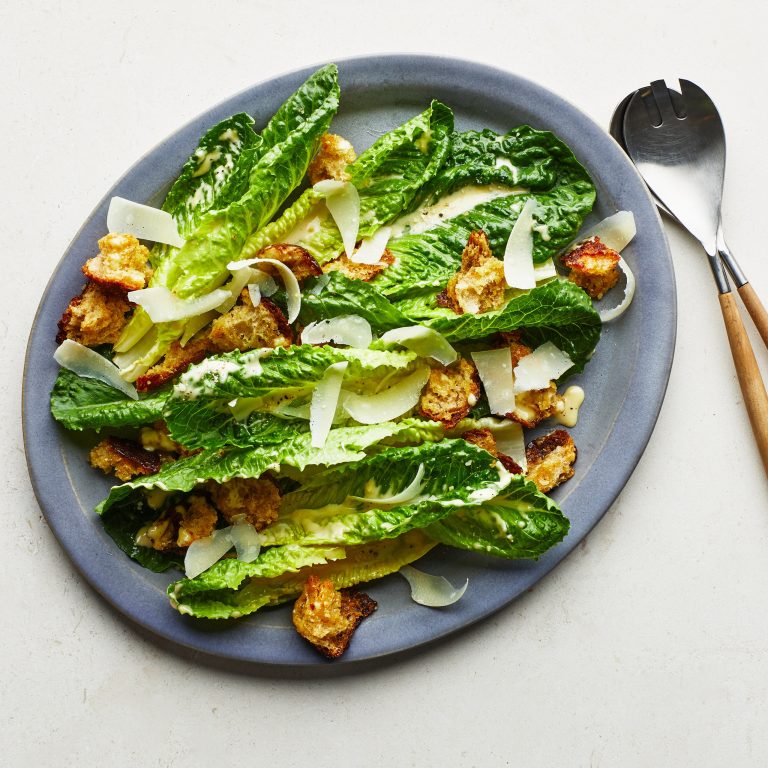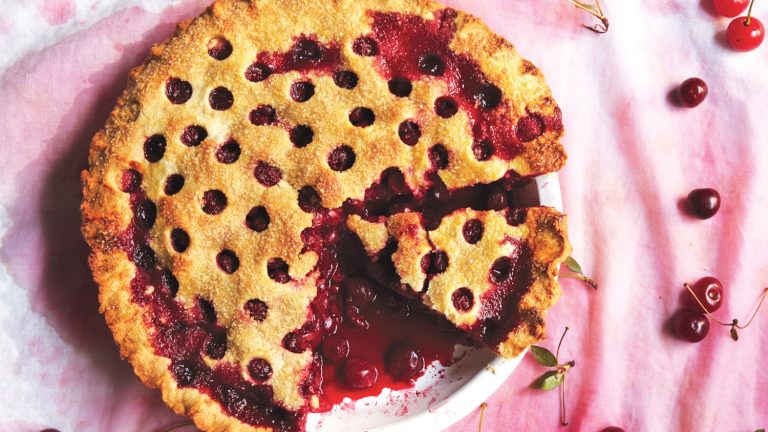Baked Beans From Scratch: Tips, Mistakes to Avoid, and Serving Ideas
Baked beans, celebrated globally today, have a rich history rooted in Native American culinary traditions. Indigenous tribes cooked beans with maple syrup and bear fat in earthen pots. Early European settlers adapted this method, substituting molasses for maple syrup and adding salt pork, creating a dish that soon became a staple in New England.
As you dive deeper into the origins, you’ll discover many regional variations. Boston Baked Beans, for example, use molasses and pork, while Great Lakes versions often incorporate brown sugar and ham. The British variant, brought to the UK with American soldiers during WWII, typically features a tomato sauce base, distinct from the molasses-rich American versions.
Baked beans also intersect with various cultural stories. In France, cassoulet—a bean dish with meat—demonstrates the European influence on bean preparations. In the Southern United States, baked beans made their way into barbecue traditions, often paired with smoky meats.
Each preparation method reflects local ingredients and tastes. Grounded in indigenous techniques, each evolution tells a part of baked beans’ journey. Today, you enjoy baked beans not just as a dish but as a culinary narrative shaped by migration and adaptation.
Understanding the origins will deepen your appreciation for the homemade versions. The flavors of history resonate in every spoonful, making your homemade baked beans a connection to past traditions and global culinary practices.
Essential Ingredients for Baked Beans From Scratch
Choosing the Right Type of Beans
Select well-suited beans for rich flavors and textures in your baked beans recipe. Navy beans and Great Northern beans serve traditional baked beans well due to their creamy interiors and ability to absorb flavors. Pinto beans or cannellini beans can also be used but may vary the texture and taste. Use dried beans for the best texture, soaking them overnight to ensure even cooking.
Key Spices and Seasonings
Incorporate essential spices and seasonings to create depth in your baked beans. Use brown sugar or molasses for sweetness and a touch of smokiness. Add mustard powder and Worcestershire sauce for tangy undertones. Onion and garlic deliver aromatic bases. Salt and black pepper balance flavors, while optional additions like paprika and bay leaves elevate complexity. Adjust quantities based on taste preferences to achieve the desired balance.
Step-by-Step Guide to Making Baked Beans From Scratch
Preparing the Beans
Start by selecting high-quality Navy or Great Northern beans. Use 1 pound of beans for a standard batch. First, rinse the beans under cold water to remove dirt and any debris. Then, soak the beans in water, covering them by at least 2 inches, for 8 hours or overnight. If time is short, use a quick-soak method by bringing the beans and water to a boil, then letting them sit for 1 hour. Drain the soaked beans and rinse them again before cooking. In a large pot, add the beans and cover them with fresh water. Bring to a boil, then reduce the heat and simmer for about 1 hour, until the beans are tender but not mushy. Drain and set aside.
Mixing Ingredients and Baking
In a large mixing bowl, combine 1 cup of brown sugar, 1 tablespoon of mustard powder, and 1/4 cup of Worcestershire sauce. Add 1 finely chopped onion, 2 minced cloves of garlic, and 1/2 cup of ketchup. Mix in 6 slices of cooked, chopped bacon for added flavor. Incorporate the cooked beans into the mixture, stirring to ensure they’re well-coated with the sauce. Preheat your oven to 325°F. Transfer the bean mixture to a greased baking dish. Cover the dish with aluminum foil and bake for 2 hours, stirring occasionally. After 2 hours, remove the foil and bake for another 30 minutes to allow the sauce to thicken. Remove from the oven and let the baked beans cool slightly before serving.
Common Mistakes When Making Baked Beans From Scratch
Overseasoning the Dish
Adding too much seasoning can overwhelm the flavors of baked beans. Use a measuring spoon to control quantities of strong spices like mustard powder and Worcestershire sauce. Follow the recipe closely, then taste and adjust. Adding small amounts helps you avoid oversalting and maintain balance. Overpowering seasoning masks the natural taste of the beans and other ingredients.
Incorrect Baking Time and Temperature
Incorrect baking time or temperature can result in undercooked or mushy beans. Bake at the recommended temperature, typically around 300°F (149°C), and check beans at intervals. Undercooked beans remain hard, while overcooked beans become too soft. Use a timer to track cooking, ensuring the beans reach the desired texture. Proper baking develops flavors and ensures a satisfying consistency.
Serving and Storage Tips for Homemade Baked Beans
Best Ways to Serve Baked Beans
Pair baked beans with grilled meats, such as ribs or chicken, for a hearty meal. Include baked beans as a side dish at barbecues or cookouts to complement the main courses. Serve baked beans on toast for a simple yet flavorful breakfast option. Add baked beans to a casserole for added texture and richness. Top baked beans with shredded cheese or chopped herbs before serving for extra flavor.
Storage Practices to Maintain Freshness
Store baked beans in airtight containers to prevent moisture loss. Refrigerate beans immediately after cooling to minimize bacterial growth. Consume refrigerated baked beans within 3-4 days to ensure freshness. For longer storage, freeze baked beans in portion-sized containers, which can be defrosted as needed. Label storage containers with dates to keep track of shelf life. Reheat baked beans thoroughly before serving to maintain optimal taste and texture.
Conclusion
Mastering baked beans from scratch not only connects you to rich culinary traditions but also allows you to create a dish tailored to your taste. By avoiding common mistakes and following the provided tips, you’ll achieve a flavorful and well-textured result every time. Whether you’re serving them alongside grilled meats or incorporating them into breakfast, homemade baked beans offer versatility and comfort. Proper storage ensures you can enjoy their deliciousness for days. Dive into this timeless dish with confidence and elevate your meals with your own batch of perfectly baked beans.






